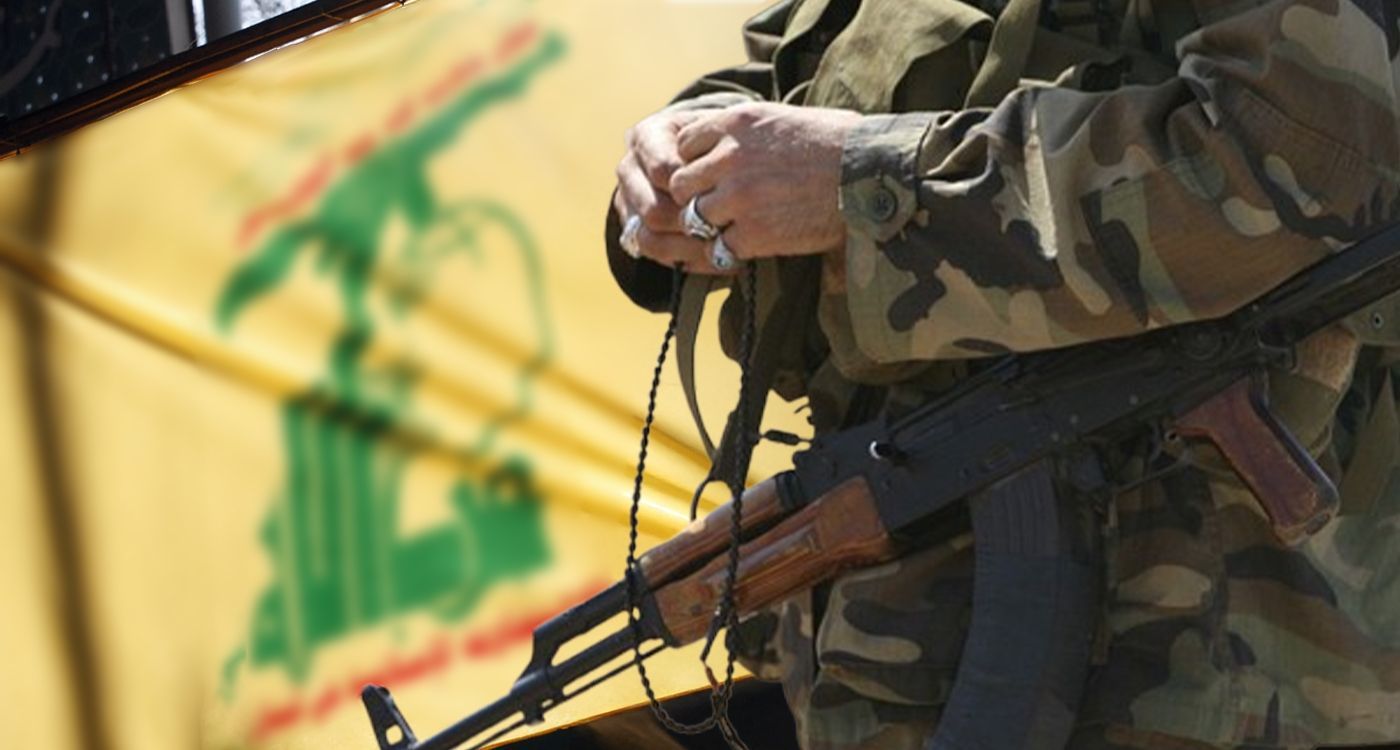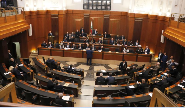
With only two days remaining until the 60-day ceasefire between Hezbollah and Israel expires, two questions arise: What is left of the arsenal of the pro-Iranian group, which was supposed to be dismantled during this period? And does Hezbollah still have the capacity to carry out operations against the Israeli Army?
What is indisputable is that the exact size of Hezbollah’s arsenal and the number of its fighters have always been shrouded in uncertainty. The group’s non-state status, coupled with its strict secrecy, prevents the establishment of any reliable figures in this regard.
Israel announced on Friday that the gradual withdrawal of its troops from southern Lebanon would “continue” beyond the 60-day timeframe outlined in the ceasefire agreement, set to expire this Sunday. Israel justified its decision by asserting that Lebanon had not “fully” met its commitments.
For their part, the Lebanese authorities have not yet provided official details on the progress of the Lebanese Army’s deployment in southern Lebanon or the number of illegal military sites dismantled in the region.
Several Factors to Consider
However, assessing Hezbollah's capabilities goes beyond evaluating its remaining weapons. “In addition to its arsenal, it is crucial to determine whether the group can resupply, rebuild its stockpiles, secure the necessary funding, and reorganize in terms of human resources—essentially replacing the dead and wounded with recruits. It is also important to consider the opportunities for returning to combat while factoring in the current regional and global political landscape,” retired General Khalil Helou said in an interview with This is Beirut.
Regarding Hezbollah's arsenal, Helou stresses that it is “virtually impossible to know how many missiles the group had before the war” and points out that “the figures reported by different sources are contradictory.” “Western sources mentioned 50,000 missiles, while Hezbollah claimed 150,000, and during the war, an Iranian minister cited a figure of 1 million missiles,” he adds.
From a purely mathematical perspective, though one that must be approached “with caution,” Helou estimates that “during the 14 months of the war, Hezbollah fired an average of about 100 missiles per day, totaling approximately 40,000 missiles. The Israelis, for their part, claim to have destroyed between 70 and 80% of Hezbollah’s missile stockpile. If we rely on Hezbollah’s figure of 150,000, and subtract the 40,000 missiles fired and those destroyed by the Israelis, it suggests that at least between 20,000 and 30,000 missiles remain in their possession.”
An Increasingly Difficult Resupply
The fall of Bashar al-Assad’s regime has undeniably had a significant impact on the resupply of the pro-Iranian militia, which previously relied on shipments through Syrian ports and airports. “Today, although Hezbollah may resort to certain clandestine methods, and despite the porous nature of the Lebanese-Syrian border, it is nearly impossible for them to resupply as they did before, especially since several attempts to transport weapons into Lebanon have been intercepted by the new Syrian authorities,” stresses General Helou.
He further asserts that “it will take years for Hezbollah to rebuild its forces if it continues to pursue the same strategy and objectives.”
It is also worth noting that Hezbollah had announced its plan to locally produce its own weapons, a claim confirmed by Israeli Prime Minister Benjamin Netanyahu during his address to the UN General Assembly last September.
In this context, Helou explains that “in the past, the Iranians supplied Hezbollah with materials necessary to convert Fateh 110 inertial missiles into Zalzal smart missiles with triple guidance. Hamas also produced its own explosives while Gaza was under siege.”
However, replicating the same methods today has become significantly more difficult. Helou notes that “the Iranians and Hezbollah had previously engaged in negotiations with Arab clans in Sinai to facilitate arms deliveries to Hamas. Their counterparts, nomadic Arab clans, are now dispersed across vast desert regions in Syria and Iraq, areas not controlled by any party. While Iranian militias could attempt to work with these clans, the absence of the Syrian regime and the presence of Israeli surveillance have made resupply much more challenging,” he estimates.
Structure Reorganization
On the other hand, “reorganizing the group’s structure and training both existing personnel and new recruits will no longer be as straightforward as it once was, given the heightened Israeli surveillance, although it remains possible,” observes the general.
Additionally, Hezbollah “is certainly not eager to initiate a new war” with Israel, which would be even more disastrous for the group. “As a result, it will seek to learn from past experiences and adopt new military tactics,” he suggests, adding that “Hezbollah will likely attempt to buy time to rebuild, primarily through political and social maneuvers, as well as internal blockages.”
Unfavorable Regional Political Context
The current regional and global context is unfavorable to the Iranian axis. US President “Donald Trump remains steadfast in his opposition to the Islamic Republic. The Europeans, bogged down in the war in Ukraine, are focused on securing stability in Lebanon and Syria to manage migration flows. Similarly, the Gulf States are determined to prevent any potential resurgence of ISIS (Islamic State) in Syria and the region,” he continues.
According to Helou, three possible scenarios could unfold: A potential US-Iran agreement, in which Tehran would consent to disarming its proxies; the remaining Israeli presence in southern Lebanon, where Hezbollah might resort to periodic symbolic strikes while buying time; and finally, the option of exerting maximum pressure that could involve a potential attack on Iran’s nuclear facilities. In this scenario, the Lebanese front could flare up even more fiercely.
However, General Helou dismisses any likelihood that Tehran would agree to disarm the militias it funds across the region.
Hezbollah and the Government
In an interview with This is Beirut, Riad Kahwaji, a Middle East security and defense analyst based in Dubai, and director of the Middle East and Gulf Military Analysis Institute (Inegma), emphasizes that Hezbollah’s arms have no legitimate basis, especially given that they “have neither protected Lebanon nor deterred Israel,” two arguments the pro-Iranian group frequently uses to justify its illegal arsenal.
Kahwaji suggests that Hezbollah is currently focused on preserving its remaining military capabilities “while awaiting regional shifts that could allow it to replenish its stocks, with funding from Iran.” In pursuit of this, the pro-Iranian party is working to strengthen its position within the new Cabinet, aiming to safeguard its weapons, he estimates.
“Given the profound changes in Lebanon and the region, the rules of the game have shifted. The Lebanese State, with its new leadership, along with other Shiite factions, must persuade Hezbollah to recognize and accept this new reality,” stresses Kahwaji. He argues that “conditions must be placed on Hezbollah’s participation in the new government, including a commitment to implement Resolution 1701 and the ceasefire agreement in both the south and north of the Litani River,” thus covering all of Lebanon. He concludes, “Allowing Hezbollah to use its participation in the Lebanese State to rebuild its autonomous entity, thus advancing an external and ideological agenda, is no longer acceptable, either domestically or internationally.”





Comments